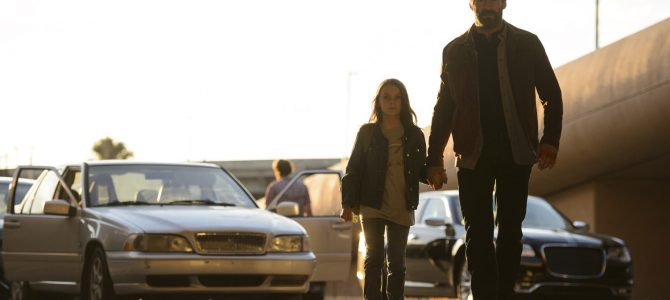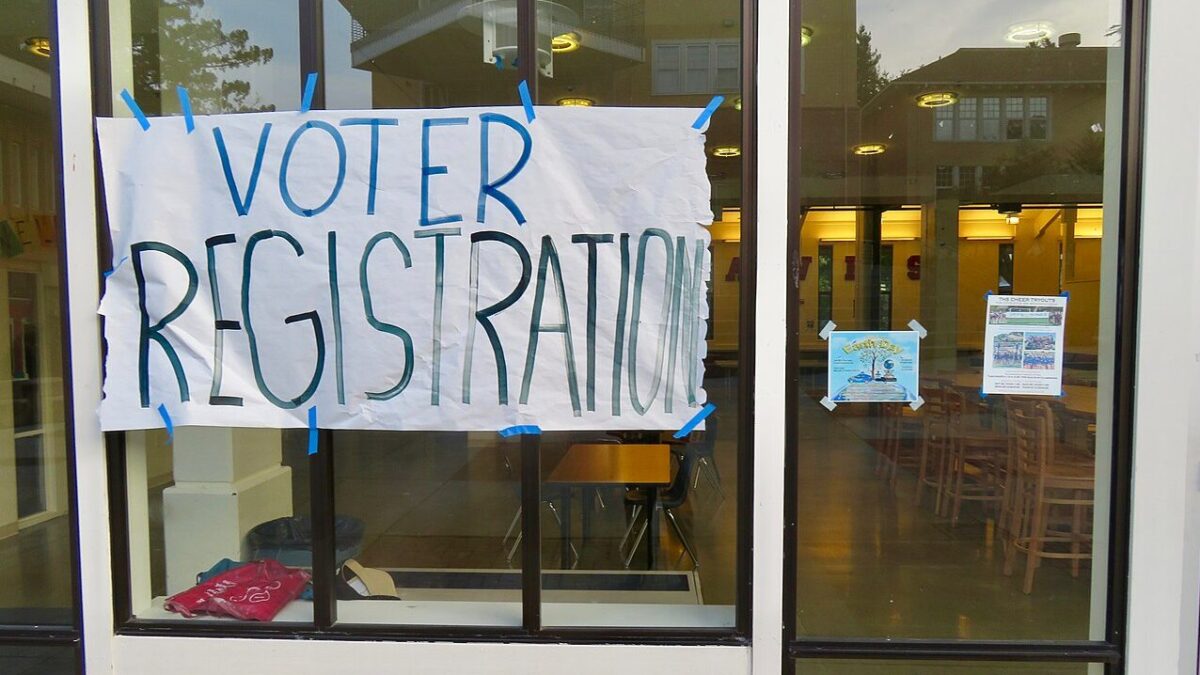
Last year, “Deadpool” proved to 20th Century Fox that they could make money from an R-rated superhero movie, so they decided to do it again. Wolverine is one of the grittiest and most violent characters in the “X-Men” franchise, which makes him a great candidate for a movie that revels in gore and foul language. Hugh Jackman takes the role one last time, and audiences see him use those famous claws on cranium after cranium after cranium.
The violence is unrelenting, and by the end, exhaustion and depression begin to set in. The blood and the f-bombs fly furiously, but it isn’t those things that make this movie so bleak. Director James Mangold shows us a world where the good guys don’t win, and we’re forced to acknowledge that maybe there never were any good guys. Perhaps the ephemeral life that we live in this world is just a vicious cycle of meaningless pain that no one can break free from.
“Logan” takes place in the year 2029. The X-Men are dead, and no mutants have been born for over 25 years. Hiding out on the border of Texas and Mexico, an aging Logan cares for an ailing Charles Xavier, played by Patrick Stewart. Charles suffers seizures that cause deadly telepathic tremors, and Logan suffers from alcoholism as he tries to numb the pain of his existence. Then they meet Laura, a young girl who possesses mutant abilities startlingly similar to Logan’s. She has a band of bad guys after her, and Logan and Charles agree to help her make her way to safety in Canada. Their journey will probably be the bloodiest road trip of the year.
‘Logan’ Explicitly Borrows Plot Points From ‘Shane’
Critics are praising Mangold’s direction, and I must admit that the movie is technically brilliant. The camera work gives the film a raw feel that matches the movie’s bleak outlook. The movie has a gritty realism that audiences and critics will find invigorating since it’s so often lacking in the comic-book genre. It’s the kind of atmosphere that DC movies have attempted to recreate without success since Christopher Nolan’s “Batman” trilogy. The pacing is good, and the movie doesn’t seem long, even though it clocks in at 135 minutes.
But while the cinematography and direction impressed me, the script didn’t do anything I hadn’t seen before. The character of Laura gave me flashbacks to Luc Besson’s “Léon: The Professional,” but countless movies follow the same basic plot. Young girl is in trouble. Tough guy with a heart of gold begrudgingly agrees to help her. Helping her means killing a lot of people. (Spoilers ahead.)
Mangold doesn’t try to hide this lack of originality. Instead he explicitly riffs on 1953’s “Shane.” Charles and Laura watch “Shane” in a hotel room, and not long after this scene, Logan’s movie melds with Shane’s. In “Shane,” a laconic fighter bonds with a farming family and saves their lives and their livelihood by standing up to the bullies that threaten to drive them off their land. Logan, Charles, and Laura stay the night with a farming family, and Logan—arguably more laconic and more a fighter than Shane ever was—helps the farmers fend off bullies who want to drive them off their land. But unlike Shane, Logan can’t save them. Logan can’t save anyone. Here we see Mangold’s one contribution to a well-worn plot—hopelessness.
There’s No Redemption In ‘Logan’
While some visual cues indicate that Mangold might intend for audiences to see Logan as some kind of Christ-figure, Logan is the worst savior in the history of film. Jesus turned the other cheek. Logan slaughters four men because they tried to steal the rims off his car. Jesus died to save many, but Logan, who’s really hard to kill, leaves scores of dead bodies wherever he goes. He can’t save Charles, his surrogate father. He can’t save Caliban, his surrogate brother. He can’t save the farmers that showed him a glimpse of what’s good about the world. And even though she lives at the movie’s conclusion, he can’t save Laura.
There’s no redemption in this movie. Toward the end of the movie, Laura comes to Logan with her confession of sin. She tells him, “I’ve hurt people too.” Logan replies, “You learn to live with it.” He can offer no absolution. All he can offer her is the same hell that he’s lived with. How does Logan learn to live with the killing? Hard liquor, and lots of it. Before Logan forms a tender fatherly bond with Laura, she’s a ferocious killing machine. At the end of the movie, when her heart has been transformed by a father’s love, she’s a more ruthless killer than he ever was. She’s still alive when the credits roll, but she’s damned nonetheless.
At the end of the movie, Laura pronounces a eulogy over Logan’s grave, and she quotes Shane’s final speech—the speech in which Shane tells a young boy that a man can’t break his mold and that killing someone brands you forever. Mangold means for us to see this as a fitting sendoff for a man like Logan, but the words ring hollow because now Laura, a mere child, carries the brand of a killer. Shane saved the boy from becoming a man like himself. Logan can’t save Laura from the same fate.
The Film Ends Without Hope
Back in 1953, in the funeral scene for “Shane,” they recite the Lord’s Prayer at the graveside. Sixty-four years later, we see people reciting the words of Shane at a funeral. The heroes of man have displaced the divine in even the most sacred rites. In the final seconds of “Logan,” Laura takes the rough cross on Logan’s grave and turns it on its side in homage to Logan’s role as one of the X-Men.
Perhaps she merely means to testify to the greatness of this fallen hero. Or perhaps she’s communicating that the deeds of Logan are on par with or exceed the deeds of Christ. Either way, she leaves herself and the audience without any hope. If this is our hero, none of us can expect to be saved.









